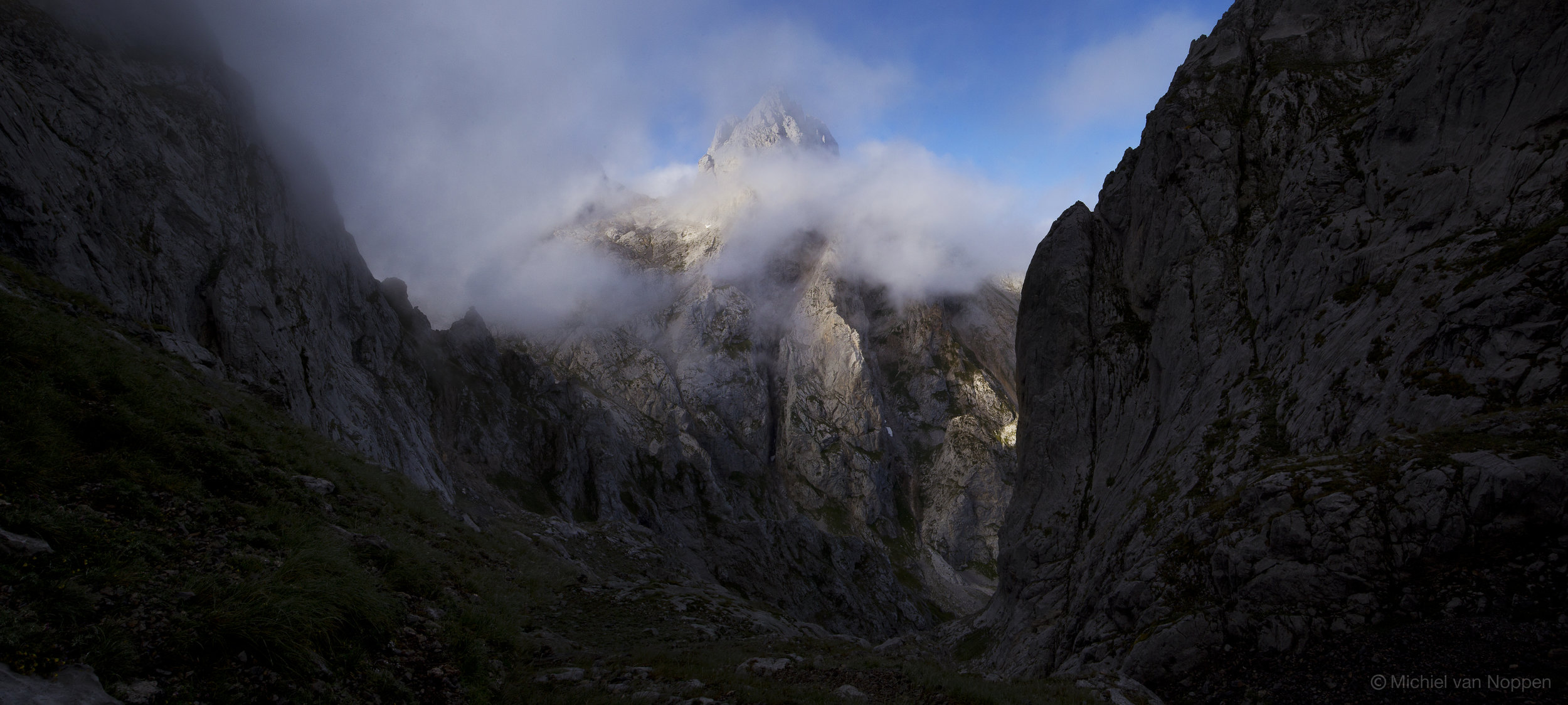In the summer of 2016, my parents and I decided to go to Northern Spain. An area were we had been to 2 years before: “Parque Nacional Somiedo" and "Parque Nacional Picos de Europa". A fairly rough part of Spain, at the time we were amazed by its vast areas and immens mountain peaks. Relatively close to home and still exotic when you are used to living below see levels in the Netherlands. Going up mountains was an easy choice to make.
Somiedo Natural Park, in Spanish: “Parque Natural de Somiedo”, is a natural park located in the central area of the Cantabrian Mountains in the Principality of Asturias in northern Spain. It contains 39,164 hectares, by corresponding geographically with the municipality of Somiedo, which is completely included in the park.
The Picos de Europa, literally: "Peaks of Europe", is a range of mountains 20 km inland from the northern coast of Spain, in the Autonomous Communities of Asturias, Cantabria and Castile and León; they are part of the Cantabrian Mountains. Just like in Somiedo, Cantabrian brown bears (Ursus arctos pyrenaicus) and wolves (Canis lupus signatus) live in the more remote regions of the Parks. Rebeccos, Cantabrian chamois, are fairly frequently seen; choughs and buzzards are common, various eagles and vultures are frequently seen, and there is a diverse butterfly population in the park.
Somiedo and Picos de Europa are both part of multiple Biosphere Reserves in the Cantabrian mountains. The possibility of managing these reserves together as a "super-reserve" (to be called Gran Cantábrica) has been under discussion. Integration would benefit the management of some species of wildlife. Especially wit regards to the Cantabrian brown bear. The park is a stronghold for this large land mammal . In 2009 the Spanish newspaper El País referred to Somiedo with its 30 bears as the Spanish Yellowstone. The total number of bears in Spain is small and the government classes them as endangered. The bears' future is put at risk by fragmentation of their habitat in the Cantabrian Mountains. A need has been identified to develop wildlife corridors specifically for bears using appropriate vegetation and initiatives to promote co-existence with human inhabitants of the mountains. The European Union's LIFE Programme has provided funding for a corridor linking the natural park via Leitariegos to another area of bear habitat.
Unfortunately for me, I only spend 2 weeks in these beautiful regions. In our first week residing in a mountain hut in Somiedo, my daily routine consisted out of waking up every morning at 6 am, when it was still dark outside and scanning around for bears. Also going asleep late in the evening due to the tiring process of installing a camera trap. But I knew bears and other wildlife where nearby, seeing lots of tracks, broken bushes and scat. 2 years ago I even had a encounter with the Cantabrian Brown Bear. One evening as I was sitting on a slope next to "Tango", this immens dog inhabiting the mountain hut where we were staying at, Tango all of a sudden lunged himself op the slope. I could hear him in the bushes behind me and it sounded like he was breaking down the whole forest. Only to find out that he was chasing a rather curious bear that came straight towards me down the slope with the dog behind him. This large fellow had come down from the mountains that lovely cool evening. Probably smelling the food being prepared in the hut. Luckily for the 2 of us, especially for me, the bear ran of when he got a glimpse me, with the dog still chasing him. Unfortunately, I didn’t have my camera on me, maybe next time!
